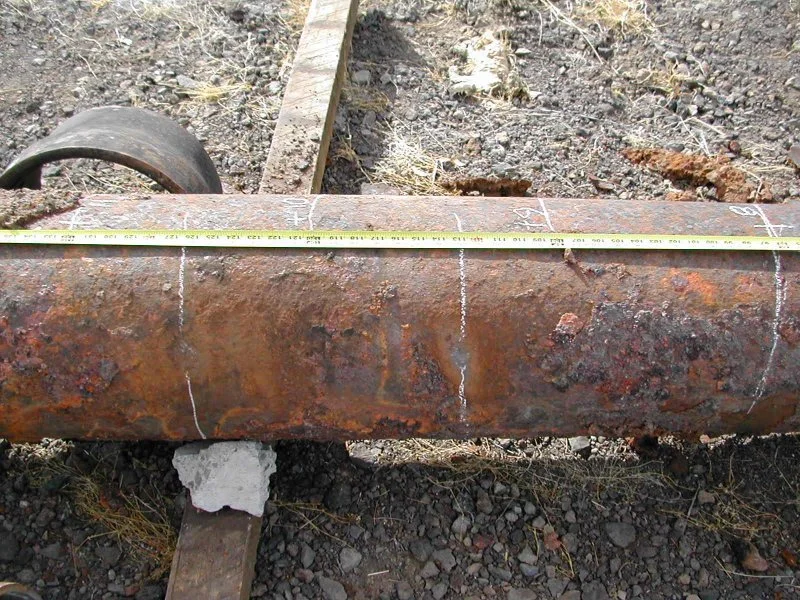Embarking on a journey to ensure the longevity and reliability of buried pipelines involves critically examining their electrical continuity. Understanding a pipeline's electrical continuity is paramount, especially when considering implementing cathodic protection systems to safeguard against corrosion. In this blog article, we dive into the complexities of determining electrical continuity by exploring corrosion experts' methods to test for continuity along existing pipeline alignments.
Cell-to-Cell Surveys for Identifying Active Corrosion on Mortar-Coated Steel Pipes
Corrosion in infrastructure systems, such as steel pipes, significantly threatens their structural integrity and longevity. Detecting and monitoring corrosion promptly is crucial to ensure the safe operation of these infrastructure assets. In the case of mortar-coated steel pipes, corrosion can occur underneath the protective mortar layer, making it challenging to identify without invasive investigative techniques. Cell-to-cell surveys assess the likelihood of active corrosion on mortar-coated pipe materials due to the loss of intimate contact between the steel cylinder and the mortar coating.
GACP vs. ICCP - Which Cathodic Protection System is Right for my Project?
Corrosion is a primary concern for pipelines as it can cause significant damage to the pipeline structure and potentially lead to leaks, which can be costly to repair and environmentally harmful. Cathodic protection (CP) systems help minimize the risk of pipeline leaks and damage by providing protection from potential corrosion issues. Often, the first decision the design engineer, owner, and operator of a pipeline needs to make after determining whether the soil is corrosive is whether to use a Galvanic Anode Cathodic Protection (GACP) or an Impressed Current Cathodic Protection (ICCP) system.
How do you know which cathodic protection system is suitable for your project?



